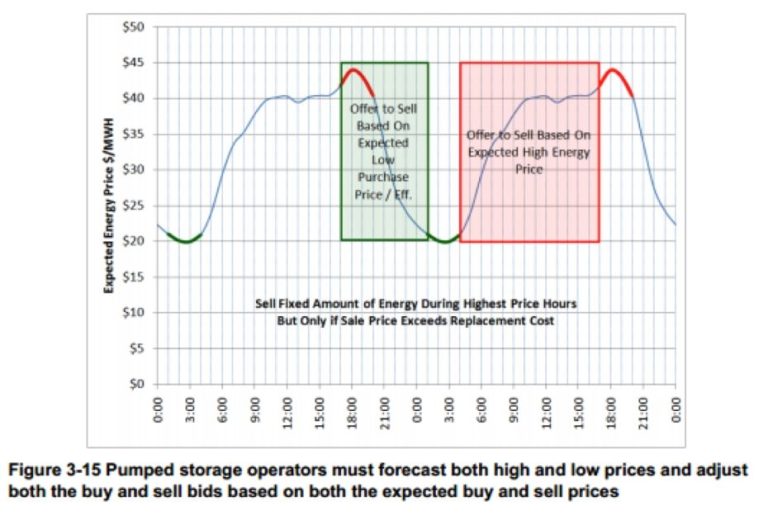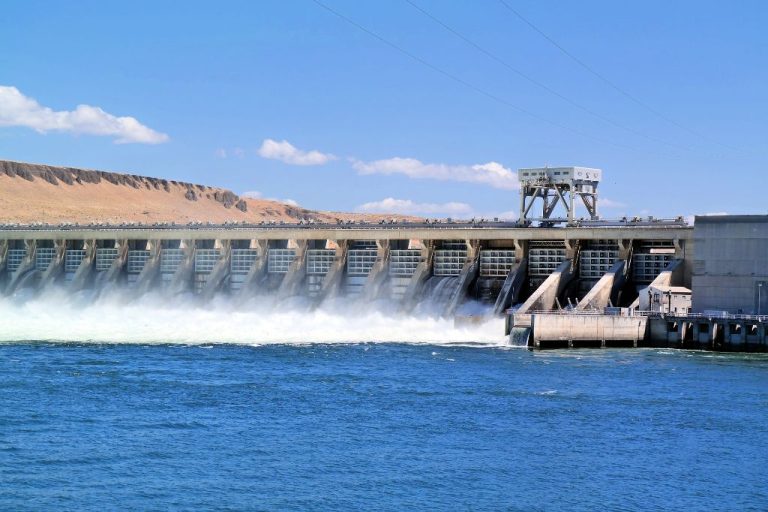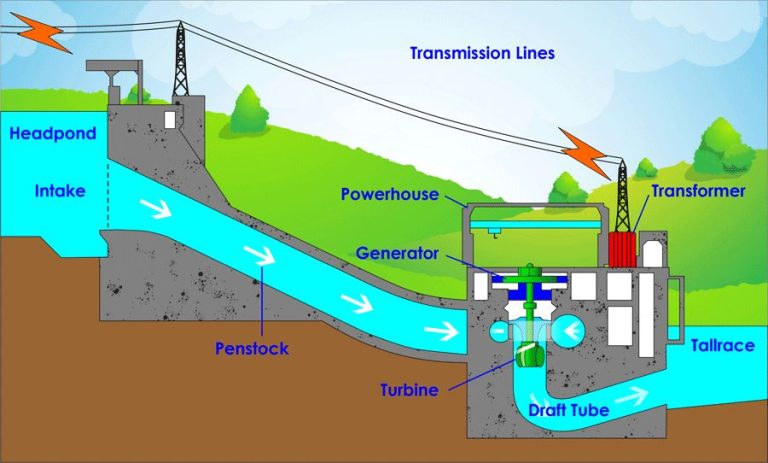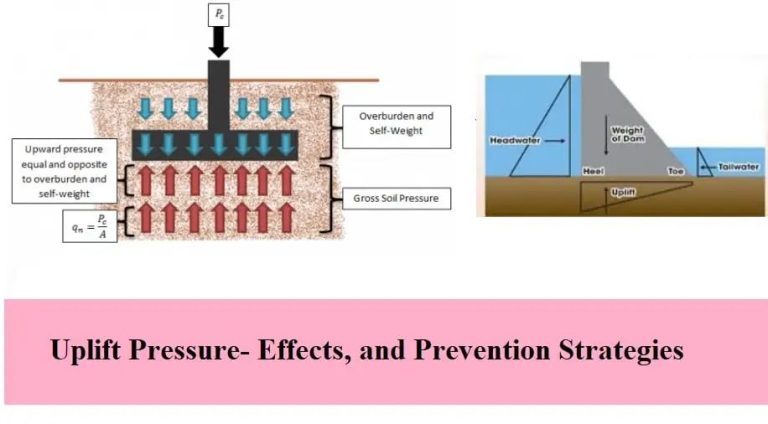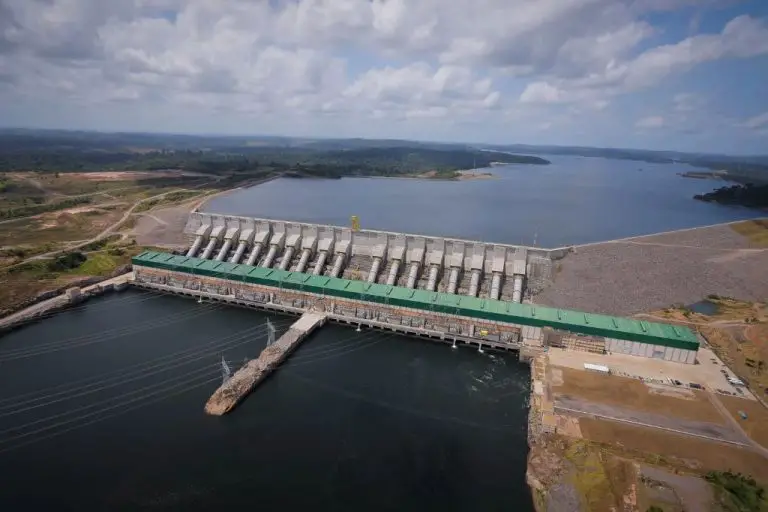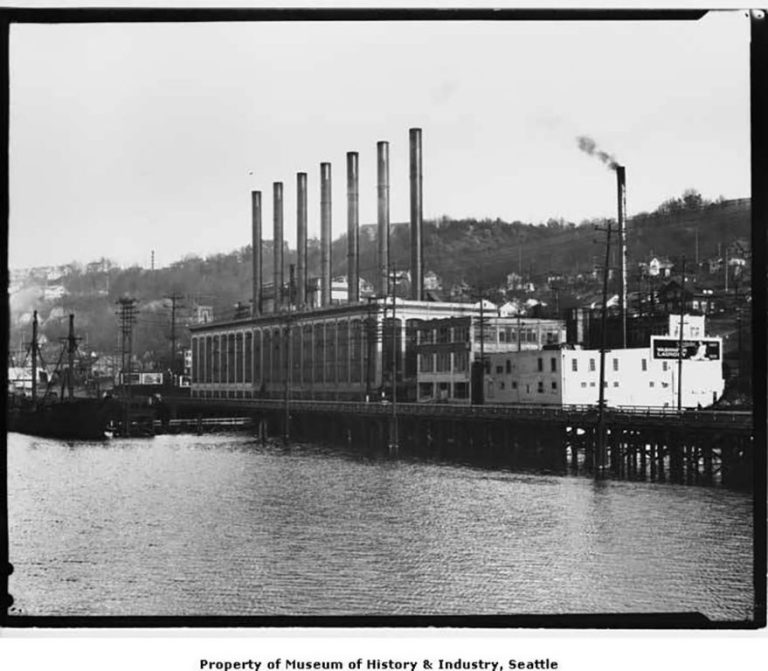What Is Hydro Energy Also Known As?
What is Hydroelectric Power?
Hydroelectric power, also known as hydropower, is a form of renewable energy that generates electricity from the natural flow of water. Hydroelectric power plants capture the energy created from flowing or falling water to produce electricity. More specifically, hydroelectric power converts the potential energy of elevated water into electrical energy by passing pressurized water through a hydro turbine connected to a generator. The moving water rotates the turbine, which then activates the generator to produce electricity.
Hydroelectric power is considered renewable energy because it relies on the water cycle. The sun powers the water cycle through evaporation, and gravity drives water back down to replenish the water in rivers and streams that can be used again to generate electricity. As long as water cycles through the earth’s system, hydroelectric power plants can produce clean energy.
How Hydroelectric Power Plants Work
Hydroelectric power plants convert the energy of flowing water into electricity using turbines and generators (U.S. Energy Information Administration, 2023). The process begins with a dam, which stores water in a reservoir. The water in the reservoir has potential energy due to its elevation. When water is released from the reservoir through the dam, it flows through large pipes called penstocks. The flowing water rotates turbine blades connected to a shaft in the hydroelectric turbine. The motion of the shaft spins electromagnets located near wire coils to produce electricity through electromagnetic induction. The electricity is then sent through transformers to increase the voltage and transmitted to homes and businesses over long-distance transmission lines (U.S. Department of Energy, n.d.).
In summary, hydroelectric power plants work by:
- Storing water behind dams in reservoirs
- Allowing water to flow through turbines connected to generators
- Converting the kinetic energy of flowing water into electricity
This renewable process takes advantage of gravity and the water cycle to produce electricity in a sustainable manner.
History of Hydropower
Hydropower has been used for thousands of years, dating back to ancient Greece and China where water wheels were used for grinding grain and other mechanical processes. However, it wasn’t until the late 19th century that hydropower began being used to generate electricity.
The first hydroelectric power plant was built at Niagara Falls in 1879 and began supplying electricity to the city of Niagara Falls, NY in 1881 [1]. In the early 20th century, hydropower expanded greatly as demand for electricity increased. Major dam projects like the Hoover Dam, Grand Coulee Dam and others provided power and electricity across the United States.
Today, hydropower accounts for over 16% of electricity generation worldwide. China leads the world in hydropower capacity with over 300 GW installed as of 2020. The United States has the 4th most installed hydro capacity in the world with 80 GW [2]. While growth in large hydro projects has slowed in recent decades, small scale and micro hydropower continues to expand globally.
Advantages of Hydropower
Hydropower offers several key advantages as an energy source:
It is renewable. The water cycle constantly renews the water available for hydropower generation, making it a sustainable long-term energy solution. As long as there is flowing water, hydropower can produce electricity without being depleted.
It provides reliable baseload power. Hydropower can generate electricity 24/7 unlike some other renewables like solar and wind which depend on weather conditions. Hydropower plants offer reliable on-demand power to meet base load demands.
Hydropower has low operating costs. Once a hydropower plant and dam infrastructure are built, it has relatively low maintenance and operational costs compared to other energy sources. Water is free, and the cost per kilowatt-hour is very competitive.
Hydroelectricity produces zero direct emissions. It does not burn fuels, so hydropower generation itself does not produce air pollution, greenhouse gases, or toxic byproducts. This makes it one of the cleanest energy sources available today.
Sources: https://www.energy.gov/eere/water/benefits-hydropower, https://www.enelgreenpower.com/learning-hub/renewable-energies/hydroelectric-energy/advantages
Disadvantages of Hydropower
While hydropower offers many benefits, there are some drawbacks that should be considered as well:
High Upfront Costs – Constructing hydropower plants and dams requires a huge amount of capital investment upfront. The costs of construction, equipment, and transmission infrastructure can make it an expensive option compared to fossil fuel plants.
Impact on Rivers and Wildlife – Dams required for hydropower production can alter natural water flows, change water levels, and impact fish migration patterns. The flooded areas above dams cover natural habitat and can displace wildlife populations.
https://kiwienergy.us/pros-and-cons-of-hydroelectric-energy/
Limited Suitable Sites – Hydropower can only be generated in locations with adequate water flow and drop in elevation. Finding sites with the right topography limits where hydropower projects can be developed. Many prime locations have already been utilized.
Drought Sensitivity – Hydropower output relies on precipitation and snowpack to maintain reservoir supplies. During periods of drought, less water is available for generation. Climate change may impact long-term site viability and output potential.
Major Hydropower Projects
Some of the largest and most iconic hydropower projects in the world include:
Three Gorges Dam – This dam on the Yangtze River in China has an installed capacity of 22,500 MW, making it the largest hydroelectric power station in the world by far. The project was highly controversial due to its massive environmental and social impacts, but now generates around 100 TWh per year, supplying 10% of China’s electricity.
Itaipu Dam – Located on the Paraná River border between Brazil and Paraguay, the Itaipu Dam has an installed capacity of 14,000 MW, generating over 95 TWh annually. It was the largest hydroelectric power station in the world from 1984 until the Three Gorges overtook it in 2008.
Guri Dam – This Venezuelan dam was the largest in the world when it opened in 1986 with a capacity of 10,200 MW. Located on the Caroni River, it supplies 73% of Venezuela’s electricity and provides power across much of northern South America. However, output has declined in recent years due to droughts.
Grand Coulee Dam – Constructed between 1933 and 1942 on the Columbia River in Washington State, Grand Coulee was once the largest hydropower producer in the United States at 6,809 MW. While no longer the largest, it revolutionized irrigation and power supply across the Pacific Northwest.
Hoover Dam – An American engineering icon, the Hoover Dam on the Colorado River has an installed capacity of 2,080 MW. It was considered one of the largest concrete structures in the world when completed in 1936, and symbolized large-scale hydropower development in the US.
Hydropower Capacity by Country
China has the largest installed hydropower capacity in the world at over 360 gigawatts as of 2022, according to Statista. Hydropower accounts for around 30% of China’s total electricity generation and plays a major role in the country’s renewable energy portfolio.
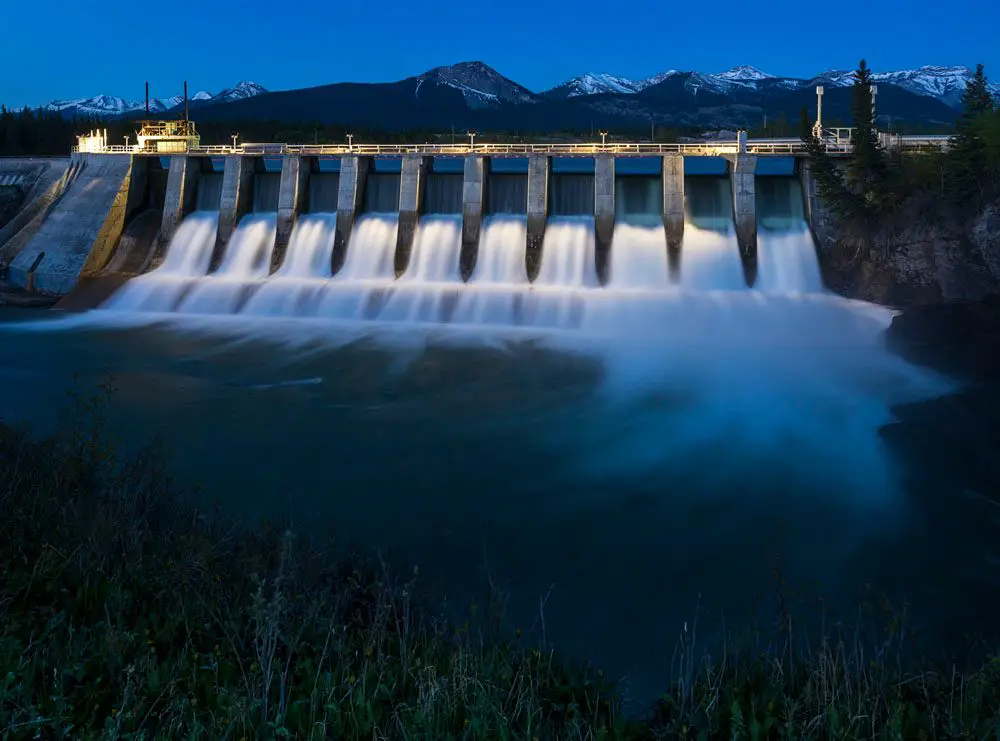
Brazil comes in second for global hydropower capacity at around 140 gigawatts. Hydropower makes up 65% of Brazil’s total electricity generation. The massive Itaipú Dam on the Brazil-Paraguay border is one of the largest hydropower plants in the world with 14 gigawatts of capacity.
Canada ranks third for installed hydropower capacity worldwide at around 85 gigawatts. Hydropower provides 59% of Canada’s electricity generation and is a major renewable energy source for the country. The Robert-Bourassa Dam in Quebec is one of Canada’s largest hydroelectric facilities at over 5 gigawatts of capacity.
Hydropower in the US
The United States is the fourth largest producer of hydroelectricity in the world, behind China, Brazil, and Canada. In 2021, hydropower accounted for about 6.6% of total U.S. electricity generation and over 25% of electricity generation from renewable energy sources (1).
As of 2021, the United States had over 2,198 active hydroelectric power plants with a total capacity of 80 GW, generating over 260 billion kWh of electricity annually (2). While capacity has remained relatively flat in recent years, generation can fluctuate year-to-year depending on precipitation and water flows.
Some of the largest hydroelectric facilities in the country include the Grand Coulee Dam in Washington State, Robert Moses Niagara Power Plant in New York, and Hoover Dam on the Colorado River. Major federal multi-purpose water projects generate over half of U.S. hydroelectricity, while non-federal utility-owned plants generate most of the remainder (3).
Growth in small-scale hydropower has expanded U.S. hydro capacity in recent years. There is also potential to add more pumped storage hydropower for energy storage as renewable energy grows. However, environmental concerns and competing water uses limit construction of large new hydro dams.
Overall, hydropower plays an important role in the U.S. renewable energy mix and makes up the largest share of renewable electricity generation after wind and solar. With development focused on smaller projects, efficiency improvements, and retrofits, hydropower is likely to remain a key source of reliable renewable energy in the U.S. for years to come.
(1) https://www.eia.gov/energyexplained/hydropower/hydropower-and-the-environment.php
(2) https://www.energy.gov/eere/water/hydropower-basics
(3) https://en.wikipedia.org/wiki/Hydroelectric_power_in_the_United_States
Small-Scale and Micro Hydropower
Small-scale hydropower systems generate up to 100 kW of electricity and are often used in remote areas that are not connected to the grid. Micro hydropower specifically refers to systems under 100 kW. These systems provide clean, renewable electricity by utilizing small dams or diverting a portion of a river’s flow through a turbine without the need for large dams and reservoirs.
Run-of-river hydropower captures energy from rivers without the need for dams or diversions. These systems place turbines directly in the river current, capturing energy from the natural flow of water. Run-of-river projects have very little environmental impact compared to conventional hydropower dams.
Small-scale and micro hydropower systems are an attractive option for providing electricity to remote communities and areas that lack access to the central grid. Installing micro hydro systems in isolated areas avoids the complexities and high costs associated with expanding the central electricity grid. These systems provide a local, decentralized source of renewable power.
According to the U.S. Department of Energy, microhydropower systems typically cost between $1,000 and $20,000 per kilowatt capacity, with average installation costs of $2,000 to $10,000 for a residential system [1]. Factors like the availability of water, distance from the grid, and local electricity prices determine the economic viability of small hydropower systems.
Future of Hydropower
Many experts project continued growth and expansion of hydropower in the coming decades. According to the International Energy Agency (IEA), global hydropower generation could grow by over 17% between 2018 and 2040 under stated policies scenarios, with most of the capacity additions occurring in emerging economies (https://www.iea.org/reports/renewables-2019/hydropower).
New technologies and innovations in hydropower aim to boost efficiency, flexibility, and sustainability. These include advanced pumped storage, floating solar PV-hydropower hybrid systems, fish-friendly turbines, and adding power generation to existing dams and conduits (https://www.energy.gov/eere/water/articles/hydropower-key-clean-energy-future-heres-why).
However, hydropower also faces challenges such as droughts and water shortages that may be exacerbated by climate change. Environmentally sustainable development and updating aging infrastructure will be crucial. Overall though, hydropower is expected to retain its status as the leading renewable energy source worldwide for decades to come.

